 Introduction:
Introduction: Custom Art a Polish CIEM company founded in 2013 by Piotr Granicki, I had an in-depth conversation with him
here. And while Custom IEMs are the highlight of their service, I mean it IS in their name, they do make universal designs too. And when I expressed interest in their FIBAE 1, the gateway into the Custom Art experience and the Flat Impedance Balanced Armature Earphone secret sauce, something they noted didn't receive enough attention, and after a couple of weeks with it as my daily driver I can't help but agree. So let's dive in and see how far a 300 Euro CIEM "made with passion" will get you.
The FIBAE 1 was provided to me by Custom Art in exchange for an honest and unbiased evaluation. Many thanks to Piotr of Custom Art for giving me the opportunity to review this IEM.
 Specifications:
Specifications:
Configuration: Single proprietary Balanced Armature
A vented receiver for improved bass response
Features: Advanced Horn nozzle design
Sensitivity: 109 dB @1 kHz @0.1V
Resistance: 5.6 Ohm @1 kHz (+-0.8 Ohm 10 Hz-20 kHz)
Shell: Hollow Acrylic body
Frequency Response: 10 Hz-16500 Hz (+-10 dB into IEC 60318-4 coupler)

 Packaging and Accessories:
Packaging and Accessories: The FIBAE arrived in a nondescript black box, almost like a miniature shoe box that belied the contents within. However once you open the box you're greeted with a rather attractive Pelican brand micro 1010 hard case, offering IP67 water tightness, and is crush and dustproof too, which is about as safe and secure as you can have for your IEMs while still having space for extra tips and other small accessories or even an extra cable. Packaged along with the hard case is a small oval soft zipper case for more pocket-friendly portability of the IEM, the soft case even has a small net pocket to secure tips or the like. The remaining accessories were a collection of Sony hybrid or Sony hybrid-esque tips, a pair of double flange tips all of which have their own miniature plastic case, a cleaning tool, a pack of desiccant to keep moisture in the Peli low, and a card that contains some information, that also functions as a warranty card. Overall the package and accessories provide decent value, and while the tip selection isn't the most comprehensive you can tell thought has been given to each and every part of the package you receive, and even for a universal, being sold by a CIEM company it doesn't ever feel like an afterthought, and besides if you opt for the custom version tips don't even matter.

 Build Quality:
Build Quality: I'll start this with the design experience. As with any other custom item, you can have a bevy of options and configurations with your order, and they even have an online configurator
here, that will let you configure the options you want, ranging from the type of cable and connector, as well as the design of the IEM itself. The options range from various colors of acrylic of the body, and faceplate, the type, and color of the logo, as well as different materials of the faceplate, from different wood panels, to metal, and even carbon fiber. As far as the accuracy of the rendering it is for the most part pretty spot on, and you shouldn't expect any nasty surprises of getting something disappointing. For my first go around, I used the configurator and ended with an icy blue and orange amber faceplates, with clear bodies, and both Custom Art logos finished in silver. Though there is a 3rd option, one where you give their design team the freedom to design, and that is when you get, in my opinion, some of the most distinctive designs, there are even options to include prints on the shells, all of which you can find on their
Instagram.


On to the actual build of the unit I have with me, and I must say these are one of the most impeccably crafted units I have in my collection, and with the transparent configuration I chose, there was no place to hide imperfections, the locations where the BA is set in isn't full of glue or any of that sort, and the wiring is very neatly done, the joint where their faceplate meets the body is clean, the shell almost completely devoid of bubbles, and the ones that were there were incredibly small, that I only managed to initially spot them when on a macro lens, and the engraving on the large CA logo and the Custom Art lettering were finally done, only the inverted small CA logo on the amber side had some paint spillover. Speaking of the logos both of them are inset and have acrylic on top of them so the logos are pretty much immune from fading away as time passes. The 2-pin interface is nice and tight not prone to simple light tugs disconnection them but still pliable enough that after the first removal it only takes moderate force to detach the cable. Speaking of the cable, it's a simple 4 core copper cable, not unlike what you get with most other custom offerings, with nice soft black coating, rather sturdy Y split, and a simple no-nonsense L shaped 3.5mm plug that is gold plated along with the 2-pin pins to prevent corrosion. The chin cinch is a simple piece of shrink tubing, the same kind that forms the ear guides along with the standard metal wiring that helps keep the IEM secure once one is out and about.
 Fit:
Fit: The overall shape of the FIBAE 1 is what I'd like to call a semi-sculpted. While the overall shape of the shell is rather low profile, it has light beveling and sculpting present especially on the side that makes contact with your ears that just let it sit both a little more comfortable and a little more securely as the "mini ledges" the sculpting create nestle against the general curvature of the outer ear. The nozzle is a little long but somewhat narrow and sculpted as well, which leads to fit is on the deep side, unsurprising for something made by a CIEM company. Paired with the double flange tips which are slightly longer than the usual leads to a deep fit that is about as close I have gotten to custom in a universal form factor. This combination leads to one of the best isolation experiences I have had, on top of that since it is a fully closed shell without any vents in the shell, there is also no wind noise at all when I wear them. It's even low profile enough that I can sleep with them in my ears. Overall these are one of the most impressive universal shells I have experienced in terms of overall fit.
 Sound:
Sound: The overall sound profile of the FIBAE 1 is not what I would characterize as "neutral" instead I feel it's more "natural". The overall frequency tonality is a little extra heft on the low end that flows smoothly on the midrange, and just slightly less emphasis on the treble. There is some hiss present on certain lower quality sources, such as the output of my laptop, but once music is playing it becomes unnoticeable. The FIBAE 1 is flexible when it comes to sources thanks to the Flat Impedance Balanced Armature Technology which would usually alter the frequency response depending on sources if they varied in output impedance if the IEM had a large delta on peaks and valleys of the impedance curve. I talk in depth about output impedance variation
here. That technology has been utilized in a single Knowles 33357 unit. As is usually the case I tested the IEM across a variety of sources including but not limited to an LG G6, OnePlus 5T, FiiO Q1 Mk II, ifi xDSD, Hiby R6, Alienware 17 R3, and just for kicks a MassdropxCavalli CTH. And with a delta of almost 10 from the highest to lowest OI, I can confirm that on my sources it has remained consistent sounding.
 Bass:
Bass: The bass on the FIBAE 1 is both typical and atypical of balanced armatures. There is a boosted slightly boosted amount of bass with a bias towards the mid-bass. There is decent but not amazing low-end extension or rumble, but that isn't surprising given the configuration, in fact for a single BA it performs amiably. `In "One Dance" by Drake the bass is polite and fast, not linger or overstaying the welcome but not muted and providing a surprising amount of impact, and still giving the beat body. Moving to "Gravity" by the John Mayer Trio the bass line in the intro shows the quality of bass the vented BA can put out, instead of just pumping out bass, there is a deliberate quality to how it expresses the texture of the bass guitar, it can still pick out the thick crunch on bass licks. Finally, the transition to the midrange is even, and the thickness of the low end actually enhances certain instruments and vocals, all of this leads us perfectly to the next section.
 Mids:
Mids: The midrange, in my opinion, is where this IEM shines the brightest. The midrange does not come off as thin. Instead, the slight bass emphasis creates full, but not all the way to lush or syrupy vocals, Michael Buble in "Crazy Little Thing Called Love" is wonderful, his voice takes on center stage taking your attention, but is just correctly supplemented by the guitars and horns, presenting with good cohesion. Moving up the midrange the higher pitched vocals like Air Supply "Here I Am" the vocal doesn't have that same thickness but it still maintains the relative forwardness. Instruments like guitars come through clean and there is a lot of detail that comes through, even in something like "The Dragon Boy" as performed by the New Japan Philharmonic Orchestra detailed nuances still come through the composition across the various instruments.
 Treble:
Treble: The treble while being slightly less emphasized than the other two frequencies, is clean and focused. The sparkle on xylophones and cymbals are very apparent and there is a good amount of air in recordings. Going back to the New Japan Philharmonic "Scootballs" where the complementary violins, pianos, and cymbals, show a good example of the highlights of the treble. On some sibilance prone tracks the FIBAE 1 will not mask or hide it, so "Figure It Out" by MariaMaria is a prime example of not synergizing very well with the FIBAE 1, however outside of a handful of tracks sibilance or treble harshness don't manifest so I can't really say this is sibilance-prone. What I will say is that while the quantity of the treble here isn't the largest, it makes up for it in the quality of the treble.
 Presentation:
Presentation: When it comes to technical aspects, I have already previously mentioned the detail retrieval of the FIBAE 1 and it really does provide in that aspect. Even in busier tracks, the BA holds its own in keeping tabs on different track elements, in "Nanairo Symphony" by Coalamode, a typical style pop track with full accompaniment and a faster cadence, elements don't fade away. The overall sense of clarity and layering definitely impress. The width of the soundstage is moderately wide, with a left-to-right extension that can be appreciably outside the ears, and a general presentation that somewhere between average to spacious. While the depth is a little less impressive, falling instead to somewhat average. Imaging proves good with spatial cues being distinct while not being totally 3D or holographic. No complaints in these aspects at all.
 Conclusion:
Conclusion: The sound quality coming from this IEM is impressive,
in fact, it's quite remarkable the end to end performance the FIBAE 1 is able to generate, and really isn't what one usually aspects from single balanced armature designs, rather than try to bolster a single frequency but feel intimately lacking in others, it attempts to strike a balance and commit to the overall spectrum as far as sound goes, and in my opinion it did quite well in that regard. While not trampling others in any of the departments it never feels like something is missing. But the question remains, is it worth the 300 Euros it costs? On sound quality alone, while good it's a harder argument, however, you can't simply put aside the build quality and the fact that this is a custom product after all, and these usually do carry a premium over the usual equivalents as they are handmade to order and will no doubt fit one very well, this isn't simply a product they can mass produce and line store shelves with, that is just a truth we have to deal with, and in the end it will be a product that will be very much "yours" and no one else's. So would I recommend the FIBAE 1? Yes, yes I would. This is perfect for anyone wanting a balanced and natural sounding IEM that in universal form is one of the most comfortable and low-profile shells I have ever tried, it is also great for anyone who is interested in dipping their toes in the world of customs for the first time and don't want to splurge just yet. Finally it is also a great choice for any musician looking for a nice entry stage monitor, given that there is no over-emphasis in any frequency it will be perfect for gigs, and even if you don't avail of the custom the universal provides some of the greatest isolation I have ever received on an IEM and that is invaluable when you are at noisy venues. Custom Art was right, the FIBAE 1 being the cheapest entry in the lineup tend to be overlooked, a step-down version, but it has its own identity, and I believe it can stand shoulder to shoulder with the rest of the FIBAE entries and something that should warrant a look for anyone who fit the bill of the types of people I mentioned above, or for someone who just wants a great natural sounding earphone that can shut the rest of the world out.



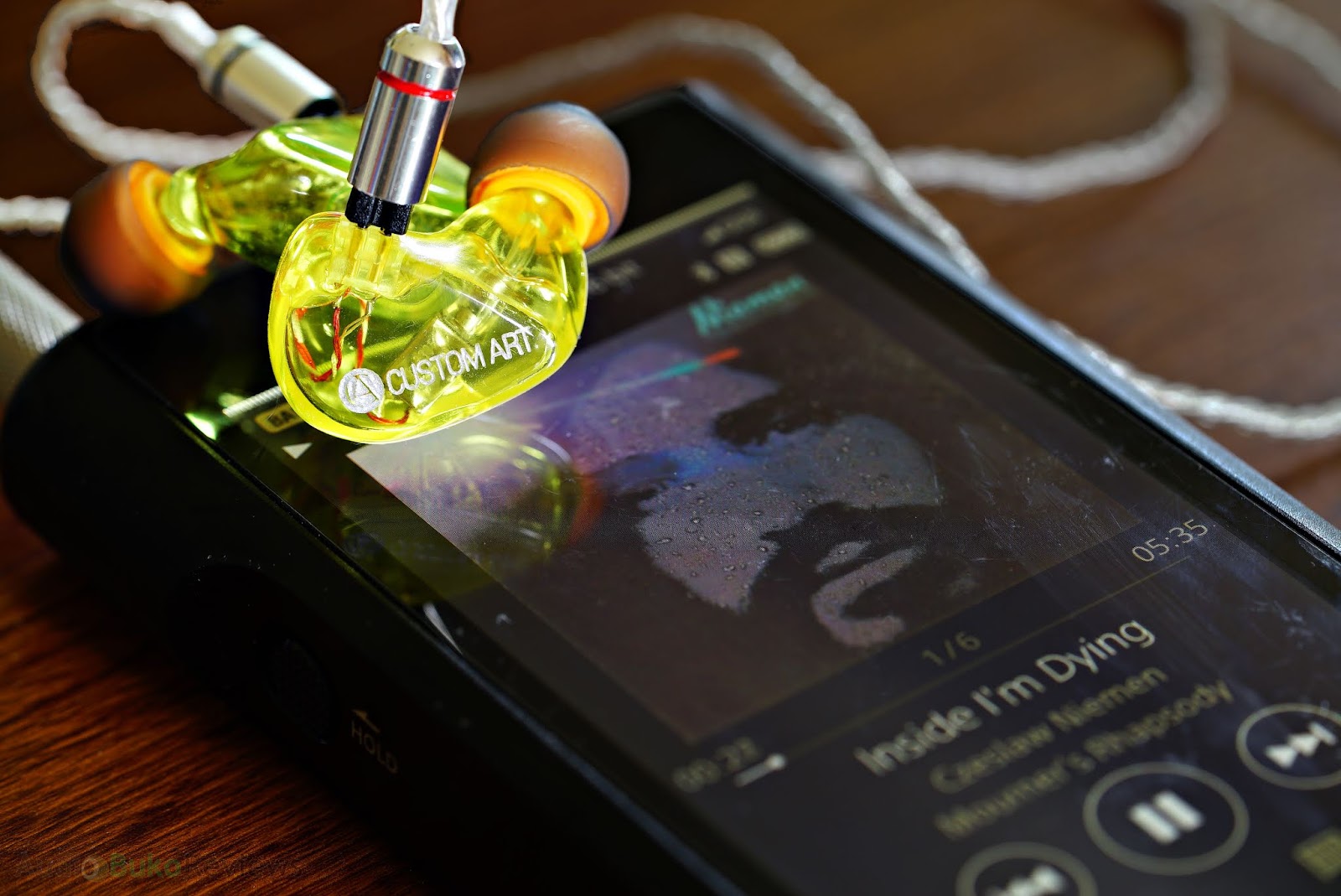

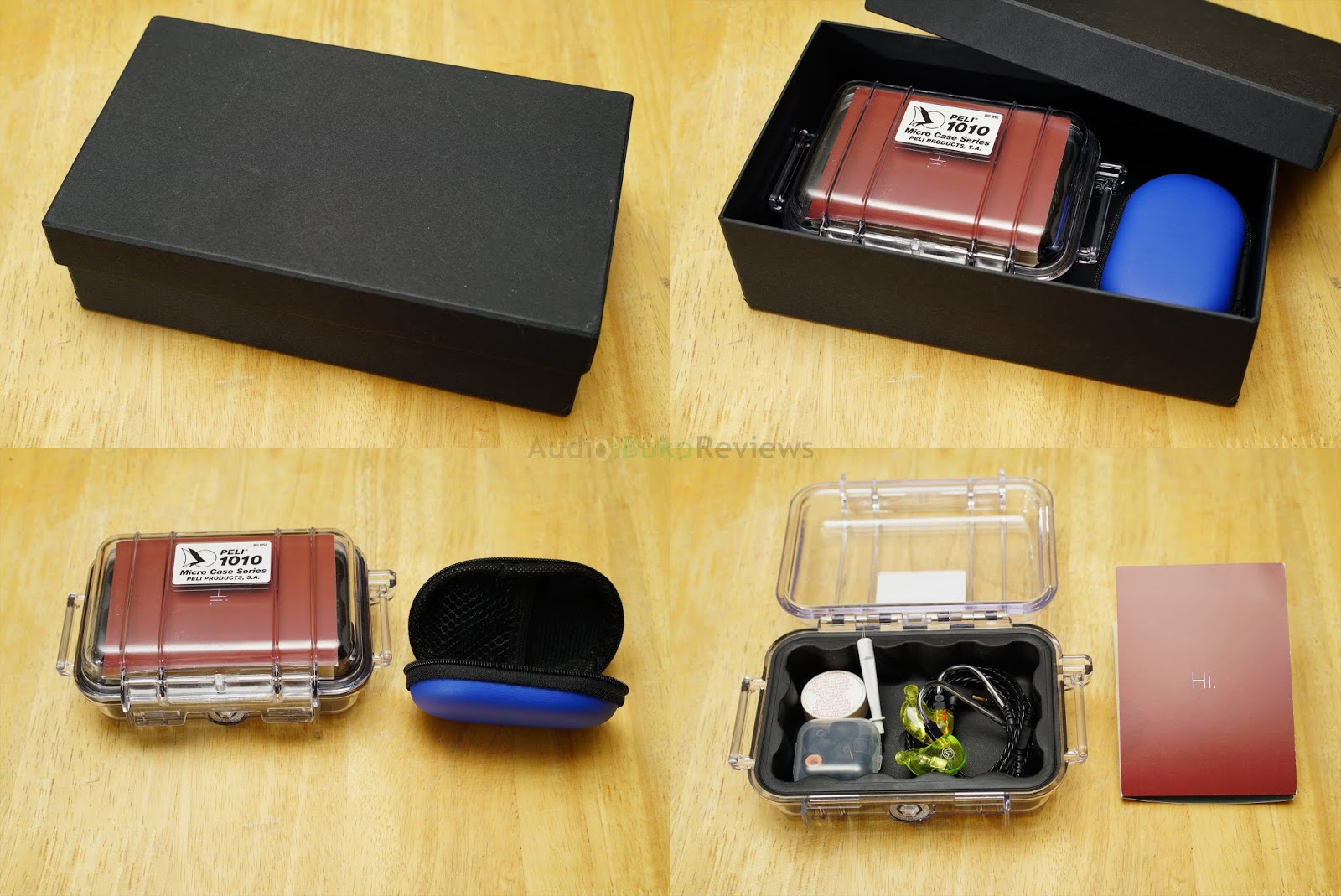
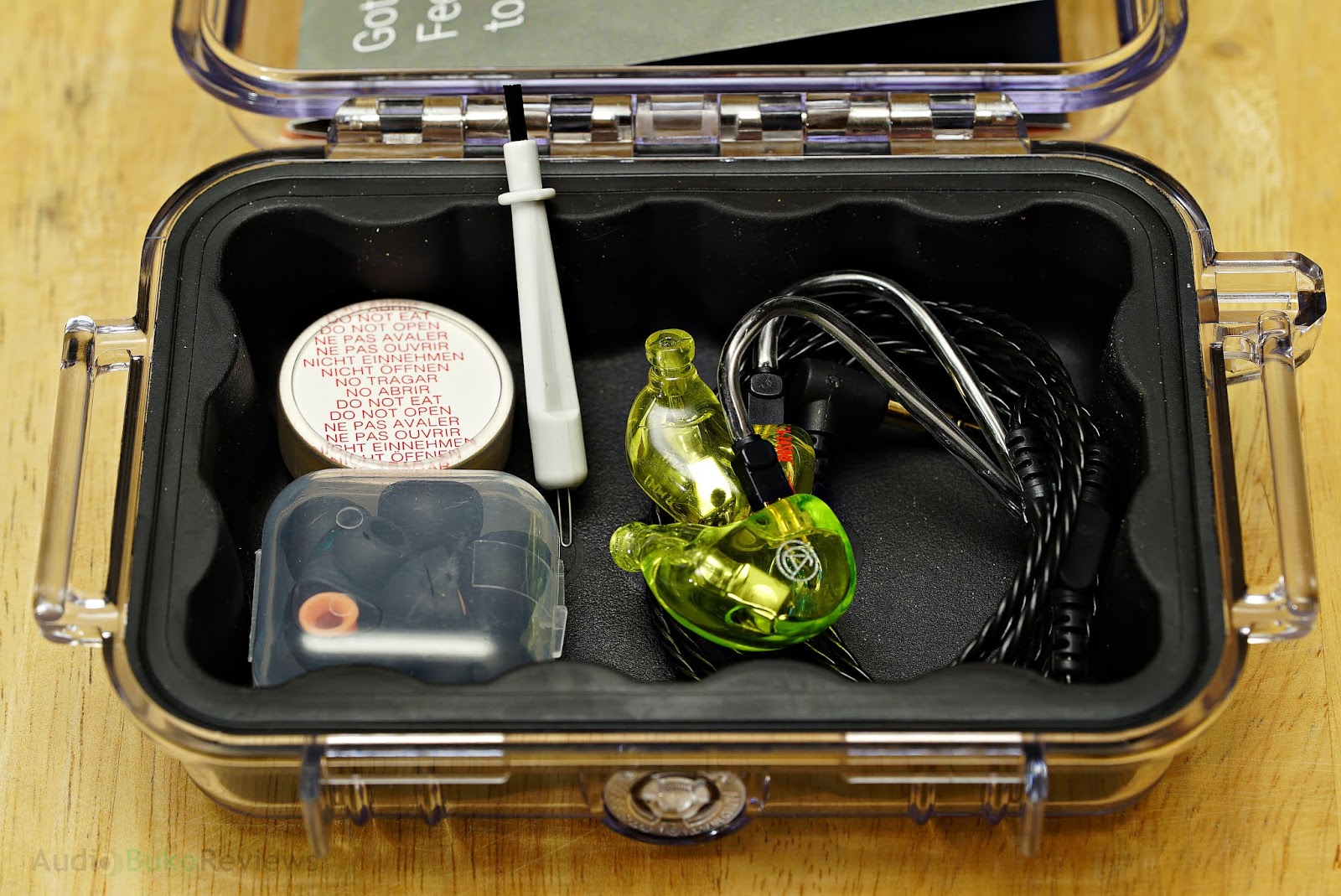

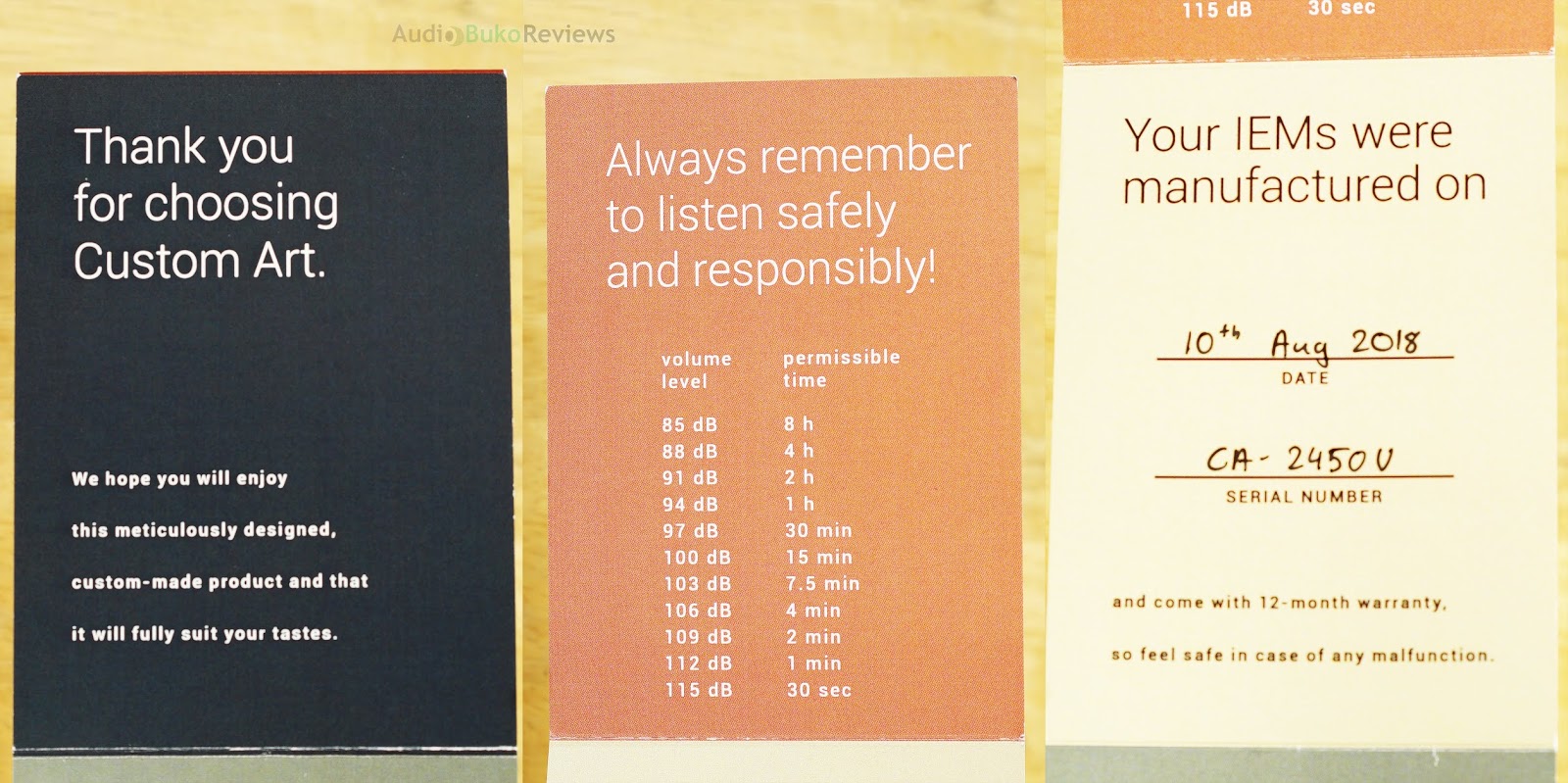
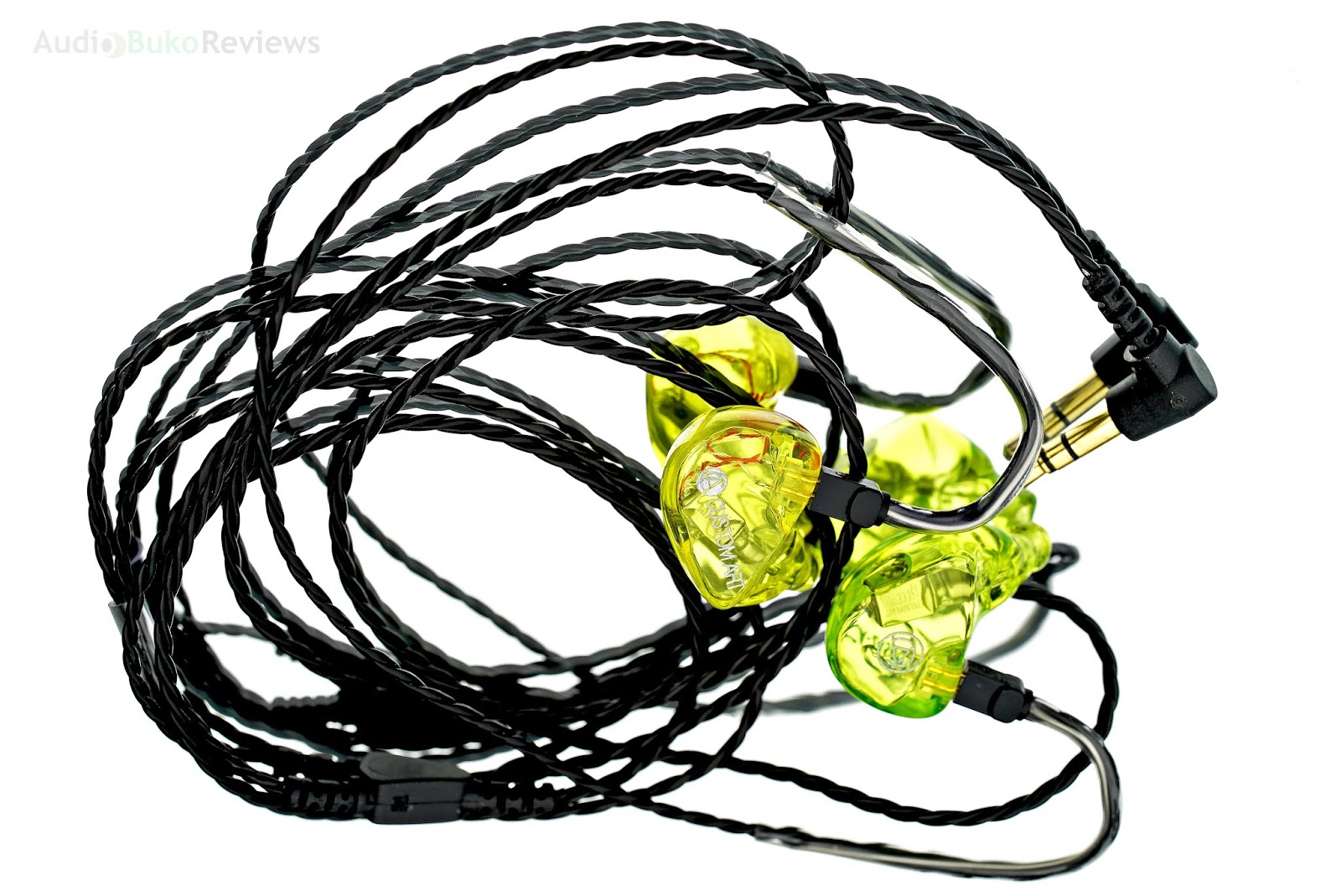

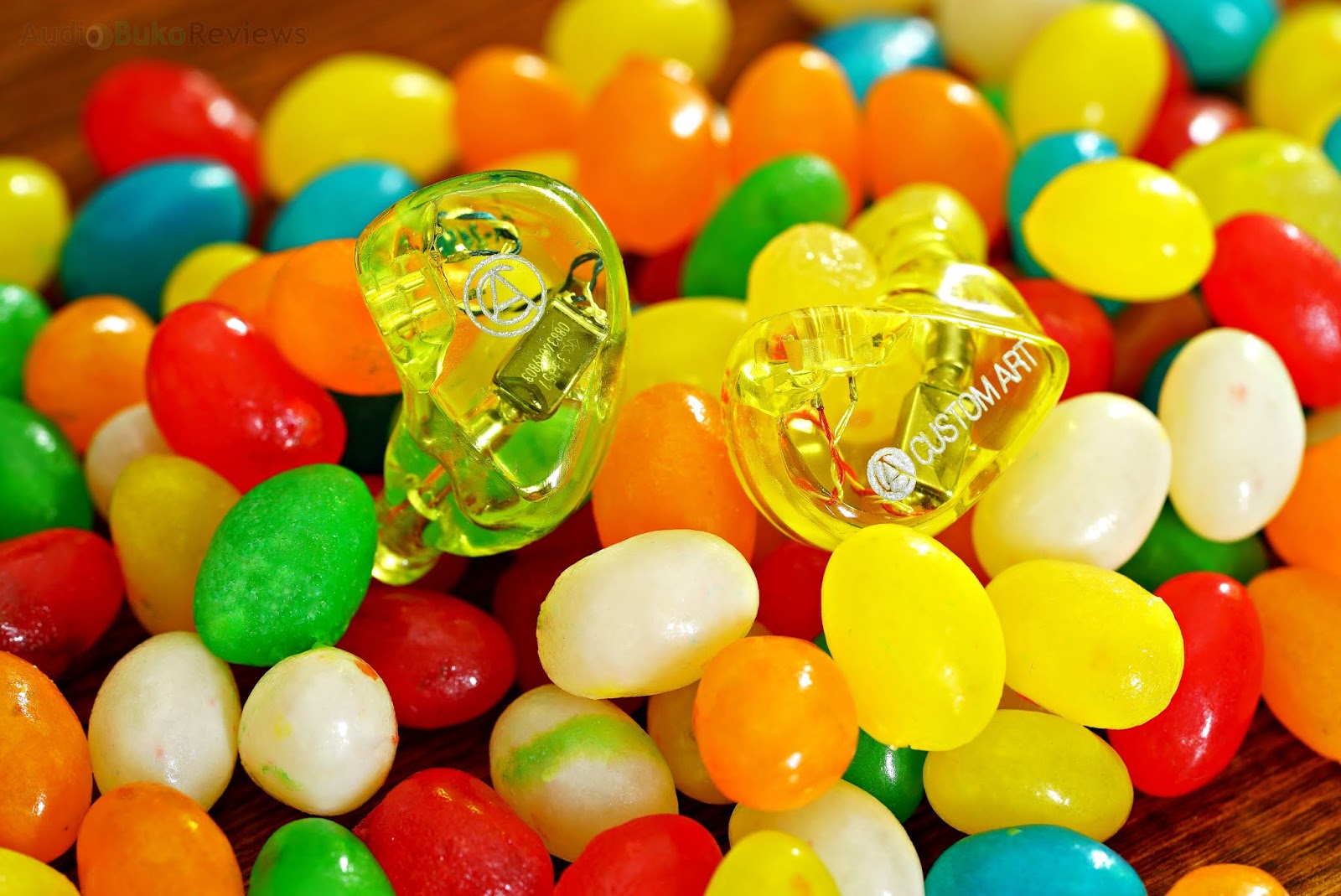
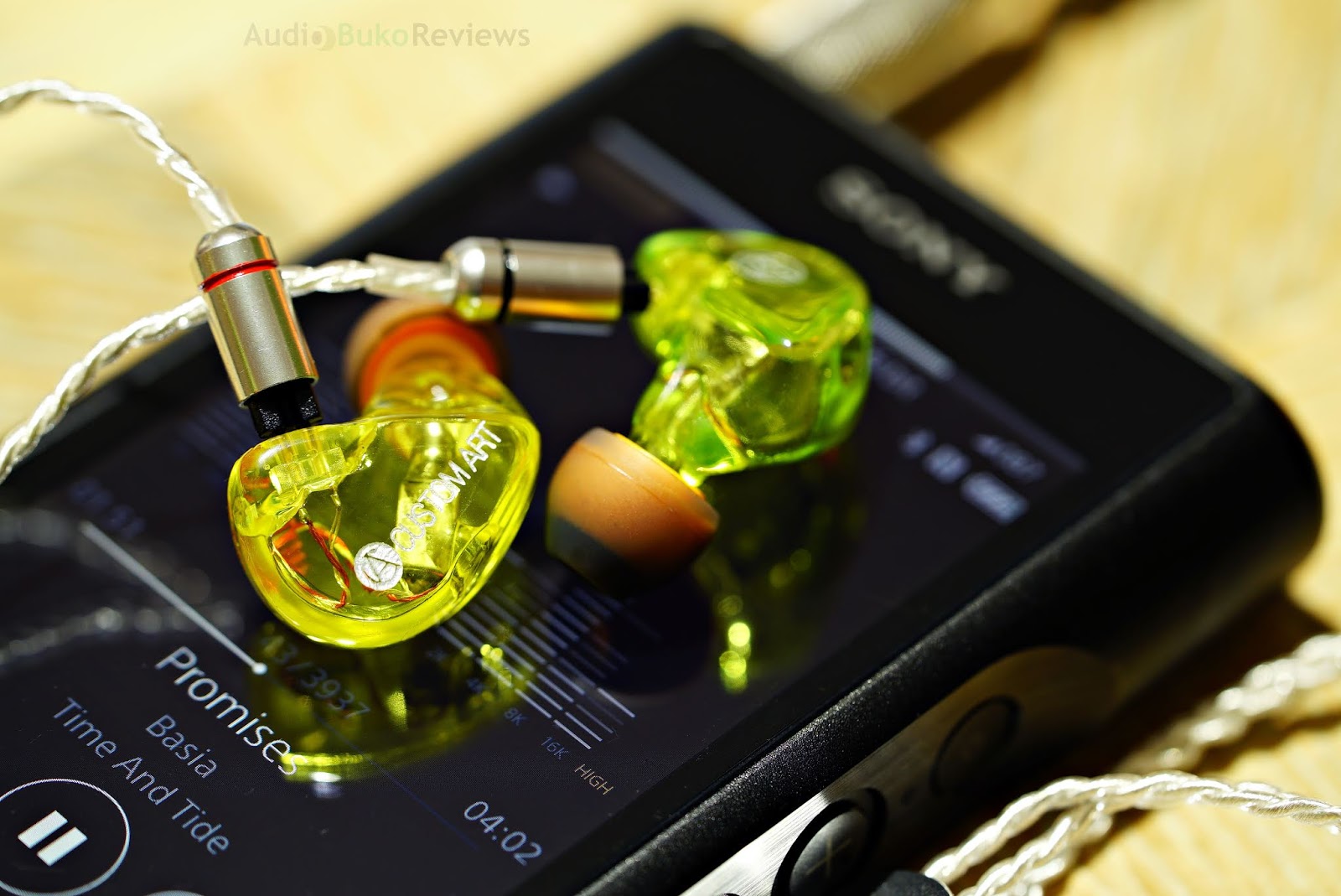


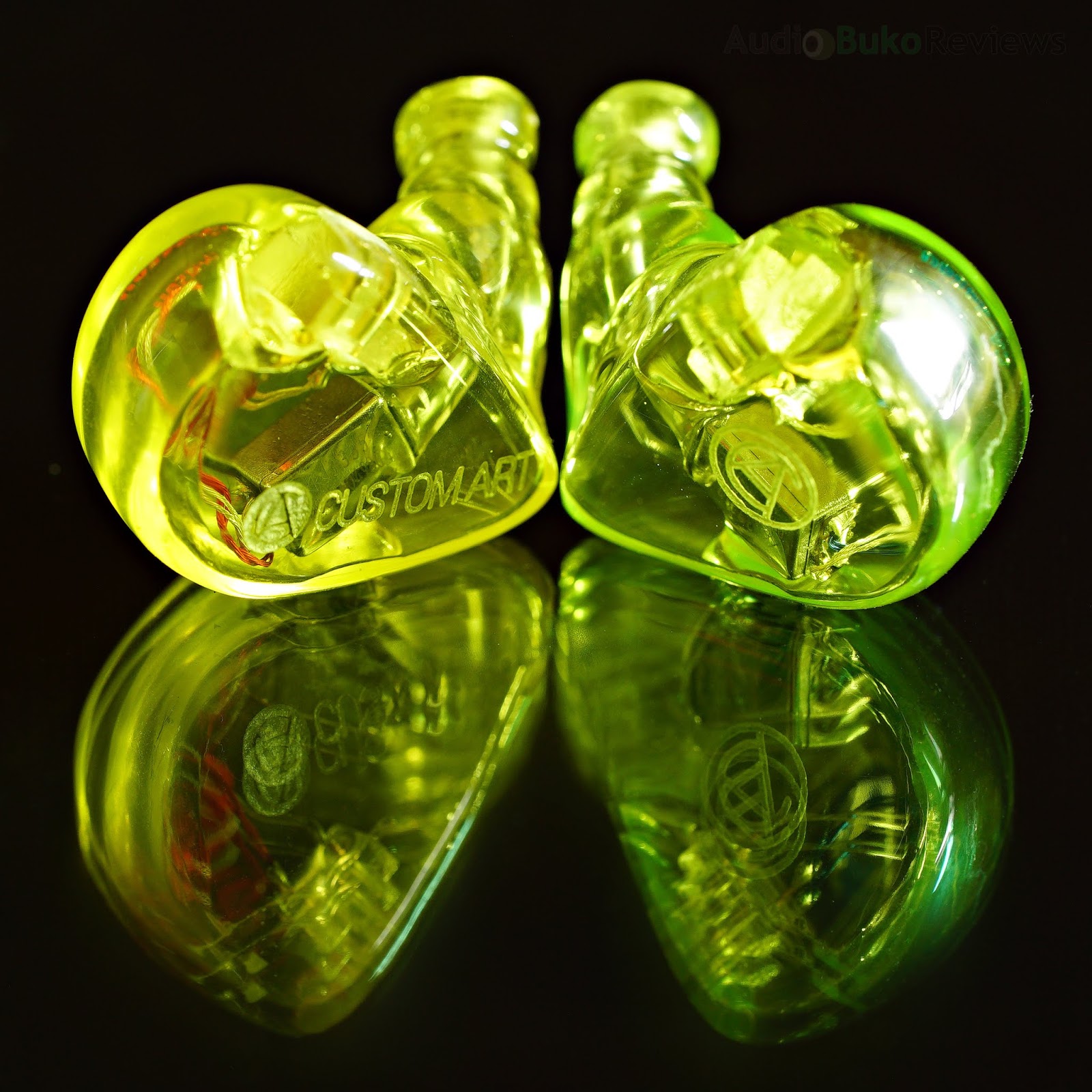


















Sound: The overall sound profile of the FIBAE 1 is not what I would characterize as "natural" instead I feel it's more "natural".